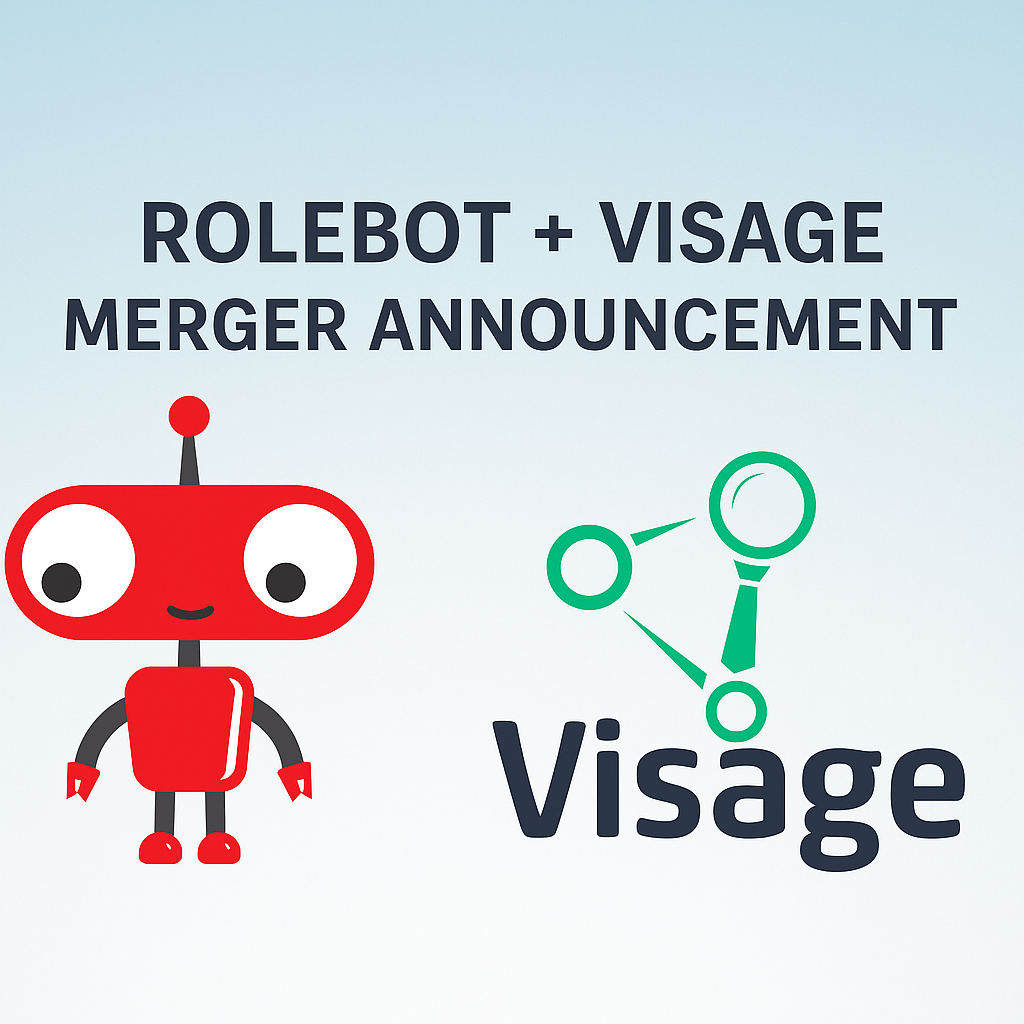Hire Faster.
Manual sourcing is a thing of the past.
The typical time-to-hire is 36-42 days for most positions. By removing the job description from the process, Rolebot does it in three weeks.

Faster. Cheaper. Better.
Using an outside solution to deliver your specialized professionals can reduce hiring costs by up to 30%. Rolebot is 90% cheaper than leveraging a staffing agency to make a hire—and customers receive the same—if not better—value.
A shrinking labor market requires an expansive approach.
72% of U.S. employers struggle to find skilled workers. Rolebot reveals hidden talent, so your business growth isn’t hampered by awaiting the right talent to find you.
Vacancies add up and cost a lot of money.
The average job vacancy costs a company $98 per day. Rolebot’s daily round of qualified talent makes it fast and easy to hire the right people, so you don’t spend money on a waiting game.

Vacant positions can lead to decreased productivity among the rest of the team.
Vacant positions can lead to decreased productivity and revenue, and may require existing employees to take on additional responsibilities, leading to burnout and turnover.
In contrast, a fast hiring process can help companies secure top talent quickly and efficiently. Companies that prioritize speed in their recruitment process are better positioned to attract and retain the best candidates, while also minimizing the impact of vacant positions on their business operations.
Overall, the importance of hiring fast cannot be overstated in today's competitive job market. By moving quickly in their recruitment process, companies can increase their chances of securing top talent, while also minimizing any negative impact on their bottom line.
In today's job market, good candidates don't wait.
With the competition for talent increasing, it's important for companies to move quickly in their hiring process to secure the best candidates. Hiring fast can not only help companies beat out their competition for top talent, but it can also help prevent good candidates from accepting offers from other companies.
When companies take too long to make hiring decisions, they risk losing out on quality candidates who are in high demand. A lengthy hiring process can also lead to frustration and disinterest from candidates, who may become discouraged by the lack of progress in the recruitment process. This can lead to the company losing not only the candidate in question, but also others who may have been interested in the position.


Industry Insights From the Frontlines of Workforce Diversity:


Want To Learn More?
Sign up for our quarterly newsletter for insights on diversity, innovative recruiting tactics, and useful data-snacks directly in your inbox.


